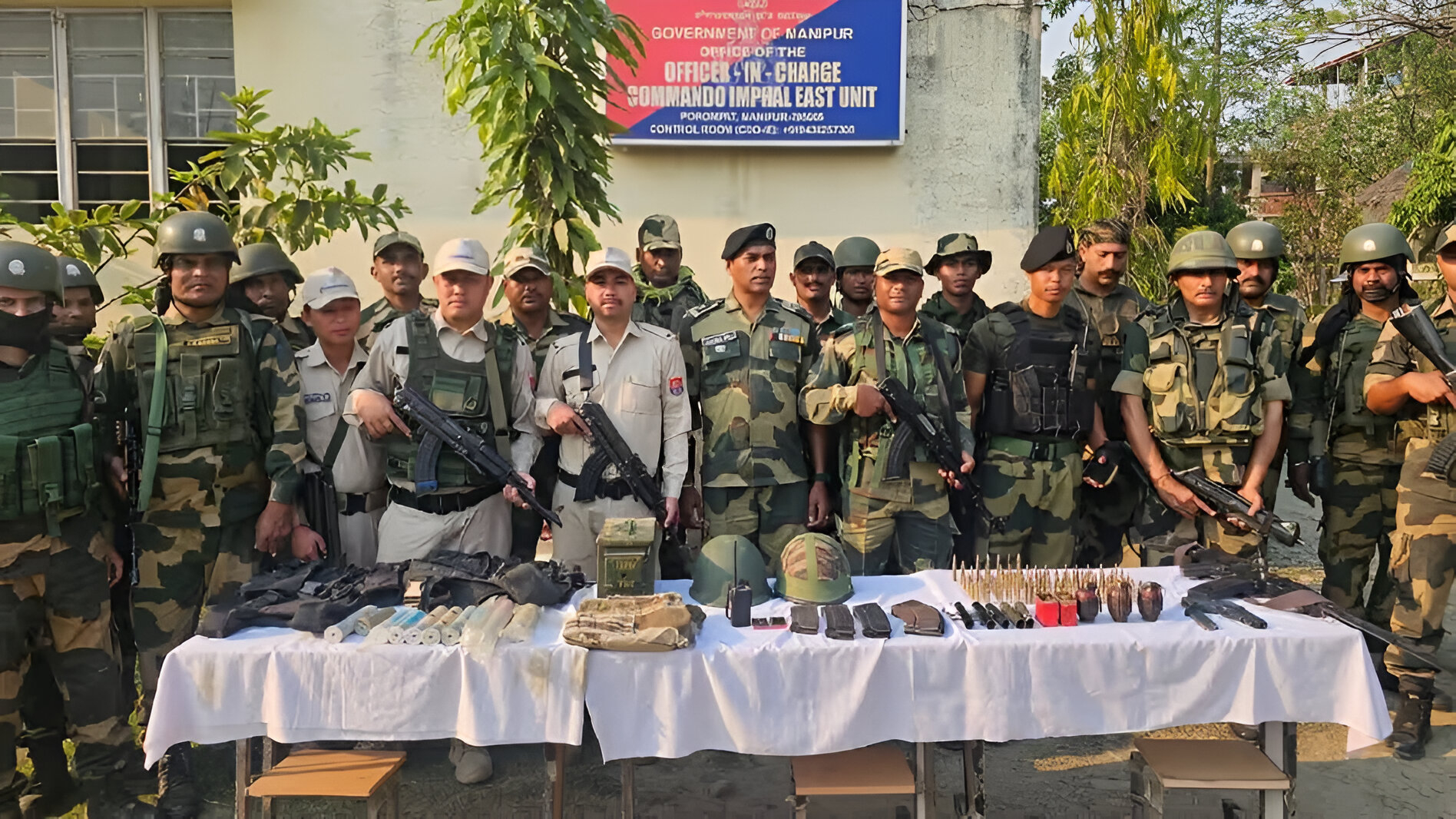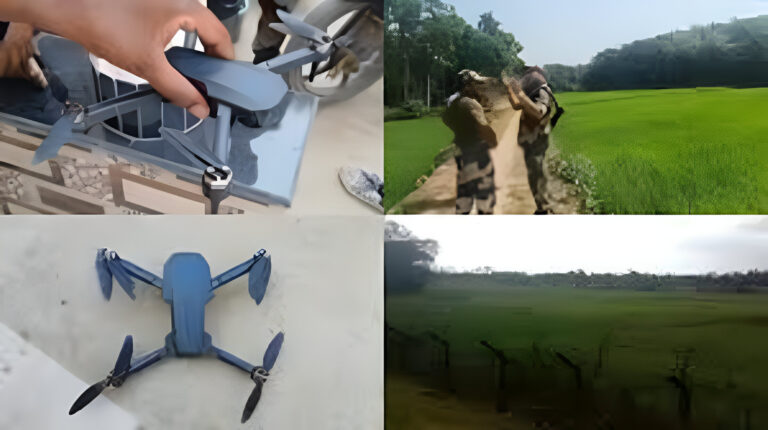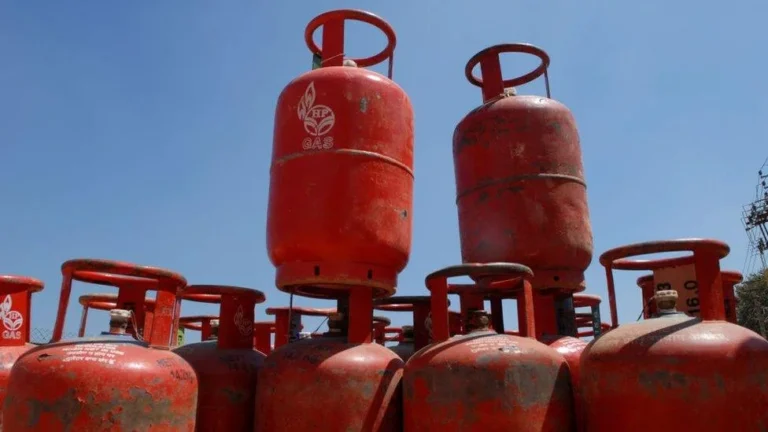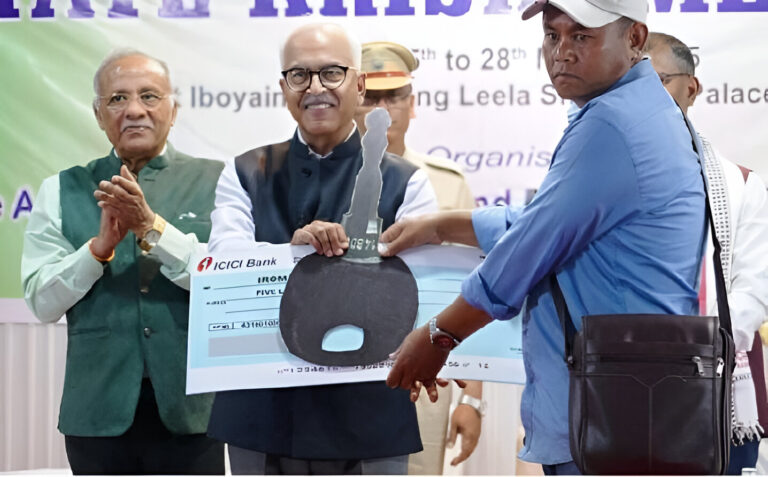Manipur: Major Weapon Cache Recovered in Search Oprations Across Hill and Valley Areas
In a decisive move to bolster security, Manipur’s law enforcement agencies conducted extensive search operations in the state’s hill and valley districts. These efforts led to the discovery of a significant cache of arms, ammunition, and protective gear, underscoring the persistent challenges posed by illicit weapon stockpiling in the region.
The Persistent Challenge of Illicit Arms in Manipur
Manipur, with its rich cultural tapestry and diverse communities, has long been a focal point for various insurgent activities. The state’s strategic location, sharing borders with Myanmar, has unfortunately made it susceptible to the influx and proliferation of illegal arms. This persistent challenge has necessitated continuous vigilance and proactive measures by security forces to ensure the safety and stability of the region.
Details of the Recent Operation
The latest operation was meticulously planned and executed in the Chingkhei Ching area, located on the western side under the jurisdiction of Porompat Police Station in Imphal East District. This region, characterized by its dense vegetation and challenging terrain, has previously been identified as a hotspot for clandestine activities.
Recovered Items: A Closer Look
The cache unearthed during the operation was both diverse and alarming in its composition:
- Weapons & Explosives:
- One 9mm pistol accompanied by a magazine.
- An automatic single-barrel gun, indicative of modified weaponry often used in guerrilla tactics.
- Three No. 36 hand grenades, a model historically favored for its reliability.
- Nine detonators, essential components for orchestrating explosive devices.
- Ammunition:
- A .303 Light Machine Gun (LMG) magazine, hinting at the possession of heavier firearms.
- 144 rounds of 5.56mm live ammunition, commonly used in assault rifles.
- Six .303 live rounds, three 9mm live rounds, and two 5.56mm INSAS LMG magazines, showcasing a variety of calibers intended for different firearms.
- Equipment & Protective Gear:
- A 5.56mm INSAS rifle magazine, suggesting access to standard issue military rifles.
- A radio wireless set, crucial for communication in covert operations.
- Two bulletproof helmets and jackets, indicating preparation for armed confrontations.
- Ten anti-riot shells, possibly intended for crowd control or creating diversions.
- Additional items like a blank cartridge, an empty ammunition box, five tube launchers, and two sack bags, which could be used for transportation and deployment of arms.
Implications of the Seizure
The breadth and variety of the recovered items paint a concerning picture of the potential scale and sophistication of insurgent operations in the area. The presence of communication devices and protective gear suggests not just possession but an intent to actively engage in organized militant activities.
Historical Context: A Pattern of Recoveries
This isn’t an isolated incident. Over the past few months, similar operations have yielded substantial recoveries:reuters.comIndia Today NE
- January 2025: Security forces, in collaboration with the Assam Rifles, seized a significant cache of weapons in joint operations targeting areas affected by ethnic strife. India Today NE+1India Today NE+1
- December 2024: Coordinated efforts by the Indian Army, Assam Rifles, and Manipur Police led to the recovery of arms, ammunition, and warlike stores from various locations in the hill and valley districts. India Today NE+4India Today NE+4India Today NE+4
- November 2024: Intensive search operations in vulnerable regions resulted in the discovery of a huge cache of weapons and ammunition. India Today NE
These consistent recoveries highlight the ongoing efforts and challenges faced by security forces in curbing the proliferation of illegal arms in Manipur.
The Broader Implications for Manipur’s Security Landscape
The continuous discovery of such caches underscores a deeper, more systemic issue within the region. The influx of sophisticated weaponry not only escalates the potential for violence but also complicates peace-building efforts. It raises pertinent questions about the sources of these arms, the networks facilitating their distribution, and the underlying socio-political factors that perpetuate such cycles of armament.
Community Involvement: A Vital Component
While the onus of security primarily lies with law enforcement agencies, community involvement cannot be overstated. Local communities, being the eyes and ears on the ground, play a pivotal role in reporting suspicious activities, unfamiliar presences, or unexplained stockpiling of materials. Building trust between security forces and local populations can lead to more effective intelligence gathering and preemptive actions.
Challenges Faced by Security Forces
Operating in Manipur presents a unique set of challenges for security personnel:
- Geographical Hurdles: The state’s diverse terrain, ranging from dense forests to hilly landscapes, provides natural cover for insurgent groups and complicates surveillance and operational efforts.
- Cross-Border Dynamics: Proximity to international borders, especially with Myanmar, facilitates cross-border movement of insurgents and smuggling of arms, making containment efforts more complex.
- Ethnic Sensitivities: Manipur’s rich tapestry of ethnic groups means that operations must be conducted with cultural sensitivity to avoid escalating tensions or alienating local communities.
Looking Ahead: Future Strategies and Preventive Measures
The recovery of this major weapon cache is a clear milestone, but it also serves as a reminder that the fight against illegal arms trafficking is an ongoing battle. Law enforcement agencies are already brainstorming new strategies and technologies to prevent future occurrences. Here’s what the future might hold:
- Enhanced Surveillance Networks:
Building on the success of current operations, there will likely be increased investment in surveillance technology. This includes more drones, improved satellite imagery, and real-time data analytics that can predict and prevent arms stockpiling. - Strengthening Community-Police Partnerships:
As seen in this operation, local communities can provide critical intelligence. Future strategies will likely formalize community liaison programs, ensuring that residents have a direct channel to report suspicious activities safely and anonymously. - Cross-Border Collaboration:
Given the transnational nature of arms trafficking, collaboration with neighboring states and even international agencies will be crucial. Joint operations and intelligence-sharing agreements can help in tracking the movement of illegal arms across borders. - Training and Capacity Building:
Continuous training of law enforcement personnel is essential. Regular drills, updated protocols, and stress on mental health and resilience will help teams remain at the top of their game, even in the face of evolving challenges. - Policy Reforms:
Lastly, there may be a push for policy reforms that address the root causes of insurgency and arms trafficking. This could include economic development programs, educational initiatives, and stricter regulatory frameworks aimed at curbing the illicit trade of arms.
Personal Reflections: Why This Matters to Us All
Now, you might be wondering, why does this matter to someone living miles away from Manipur? Well, think of it this way: security, stability, and peace are the foundation of any thriving society. When regions plagued by conflict manage to reclaim control, it has a domino effect—leading to improved trade, cultural exchange, and a safer world for everyone. Each successful operation against illegal arms trafficking is not just a win for the police, but a victory for democracy and human dignity.
A Community United Against Insecurity
In every corner of Manipur, from the bustling townships in the valleys to the quiet hamlets in the hills, there is a shared hope for a better, safer future. This operation, though primarily a law enforcement endeavor, has ignited that hope. When citizens see that their government is proactive and effective, it strengthens the social fabric and encourages community participation in maintaining peace. It’s like when neighbors come together to fix a broken fence—the collective effort not only repairs the damage but also builds lasting bonds of trust and cooperation.
Conclusion: A Step Toward Lasting Peace
The recovery of a major weapon cache in Manipur is undoubtedly a significant victory, but it is also just one step in a long journey toward lasting peace and stability. The operation demonstrates that with the right combination of technology, strategy, community support, and political will, even the most challenging security issues can be addressed effectively. As Manipur continues to face the twin challenges of natural beauty and rugged security terrain, every successful operation like this brings us closer to a future where peace reigns and communities can thrive without the constant shadow of violence.
FAQs
- What led to the discovery of the weapon cache in Manipur?
- The discovery was the result of coordinated search operations across the hill and valley areas, leveraging both advanced surveillance technology and grassroots intelligence from local communities.
- How does recovering a weapon cache impact insurgent activities in the region?
- Recovering a weapon cache disrupts the supply of arms to insurgent groups, reducing their operational capabilities and sending a strong deterrent message to those involved in the illegal arms trade.
- What challenges do law enforcement agencies face in conducting such operations?
- Officers encounter numerous challenges including rugged terrain, adverse weather conditions, limited technological resources, and the difficulty of navigating densely forested areas which can all complicate search and recovery efforts.
- How important is community involvement in such operations?
- Community involvement is critical; local residents often provide essential tips and intelligence that help law enforcement target hidden caches and track down illegal arms traffickers effectively.
- What measures are being taken to prevent future illegal arms trafficking in Manipur?
- Future measures include enhancing surveillance networks, strengthening community-police partnerships, improving cross-border intelligence sharing, investing in regular training for law enforcement, and implementing policy reforms aimed at addressing the root causes of insurgency and illegal arms trade.



